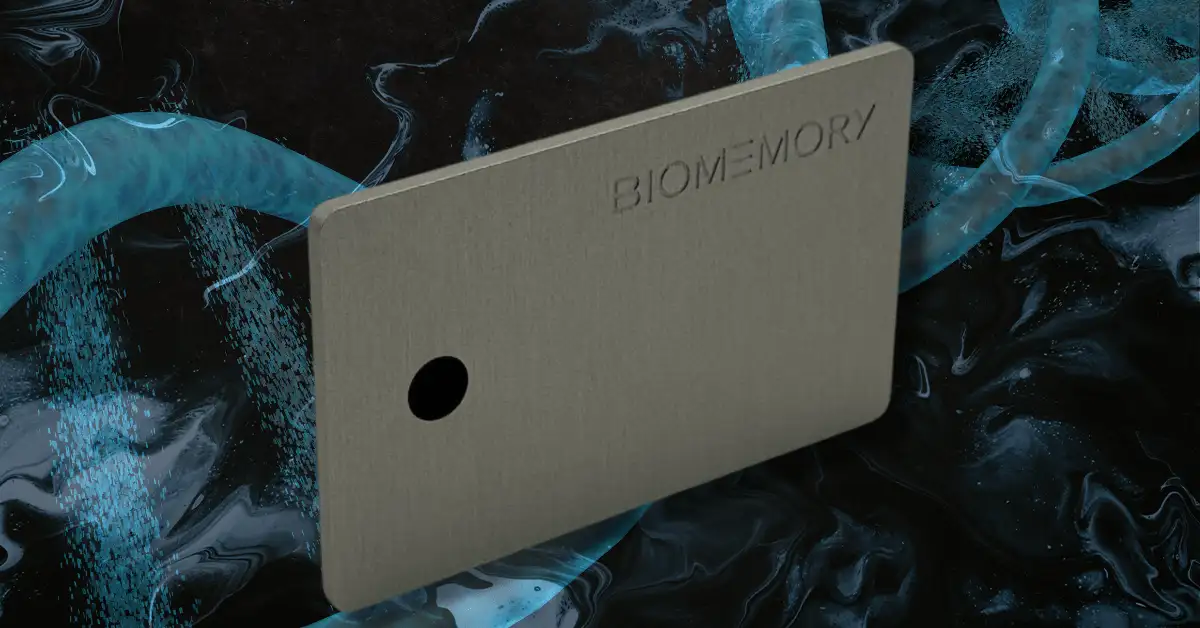
Life on (not actually) Mars
NASA just locked four people in a 3D-printed habitat on a fake Mars for one year.
Published:
Updated:
Related Articles
-

-
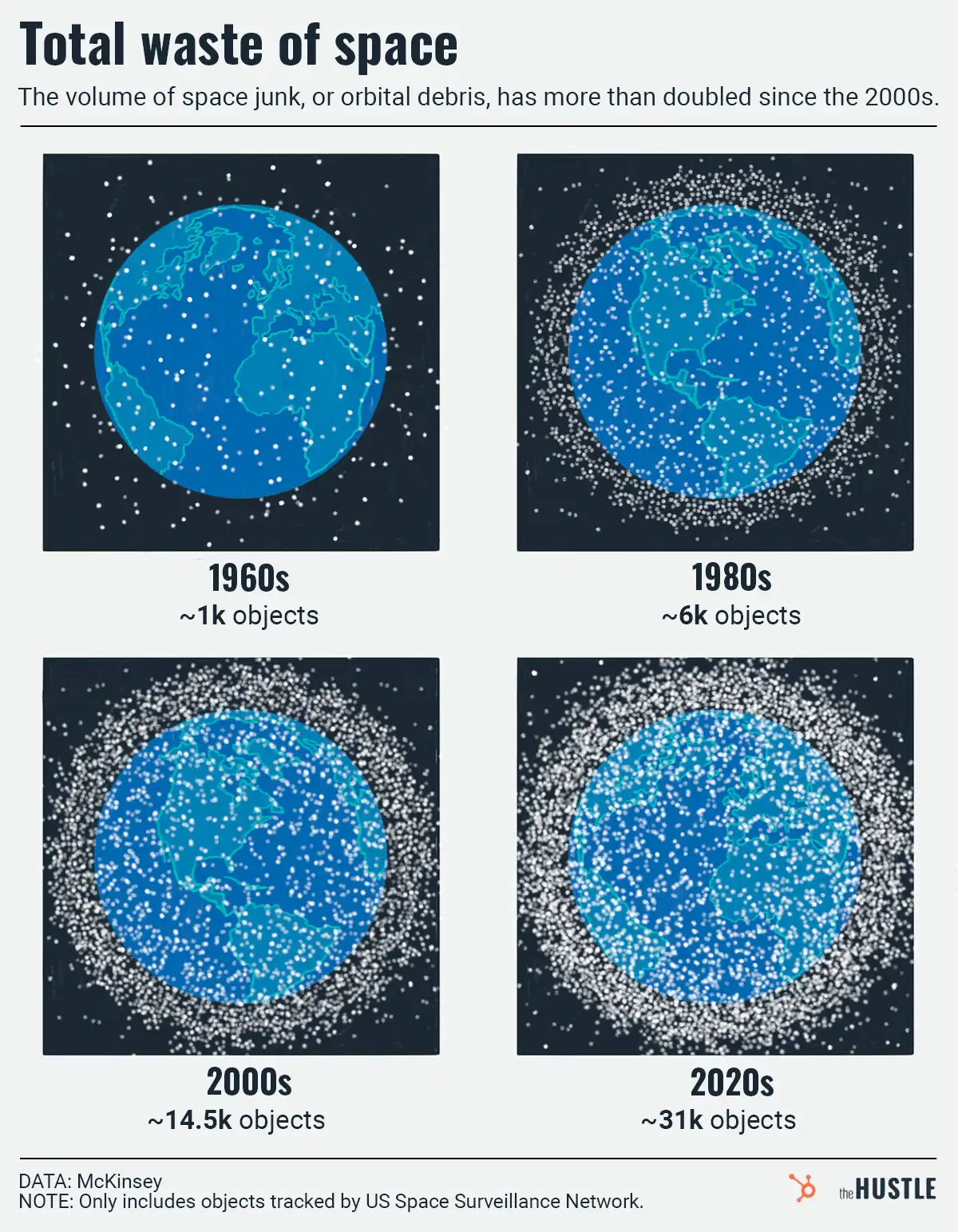
There’s just so much space junk
-

Cooling the planet is as easy as putting an umbrella on an asteroid and blocking out the sun
-
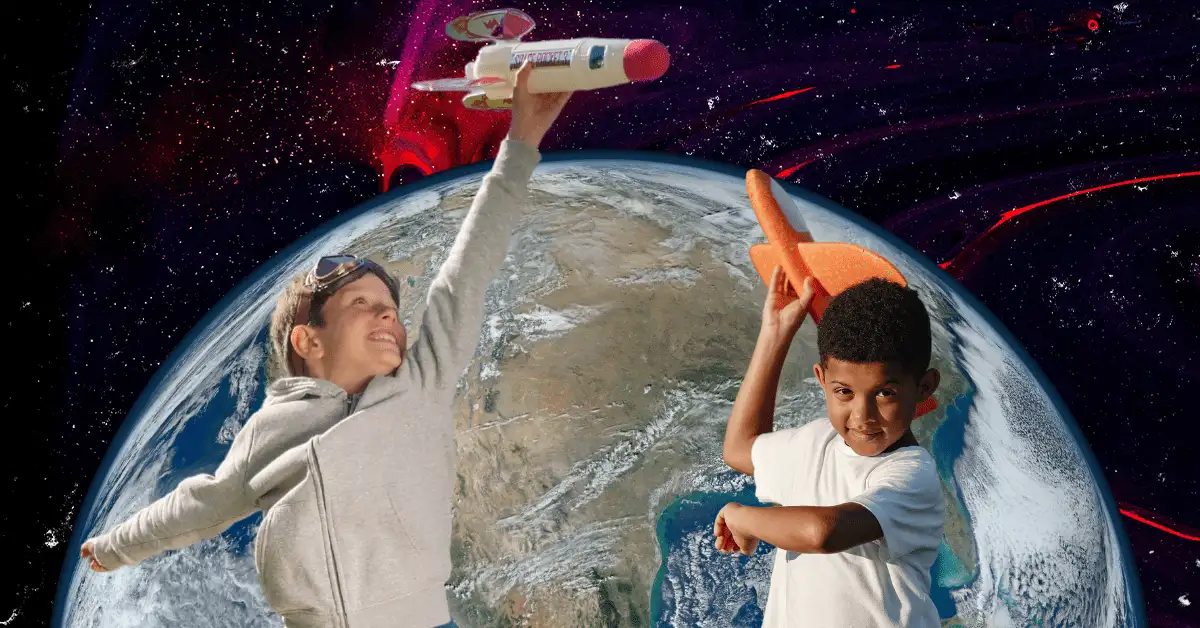
The push to make space launches ‘dumber’
-

Indiana Jones inched archaeology forward, but tech is bringing the big leaps
-
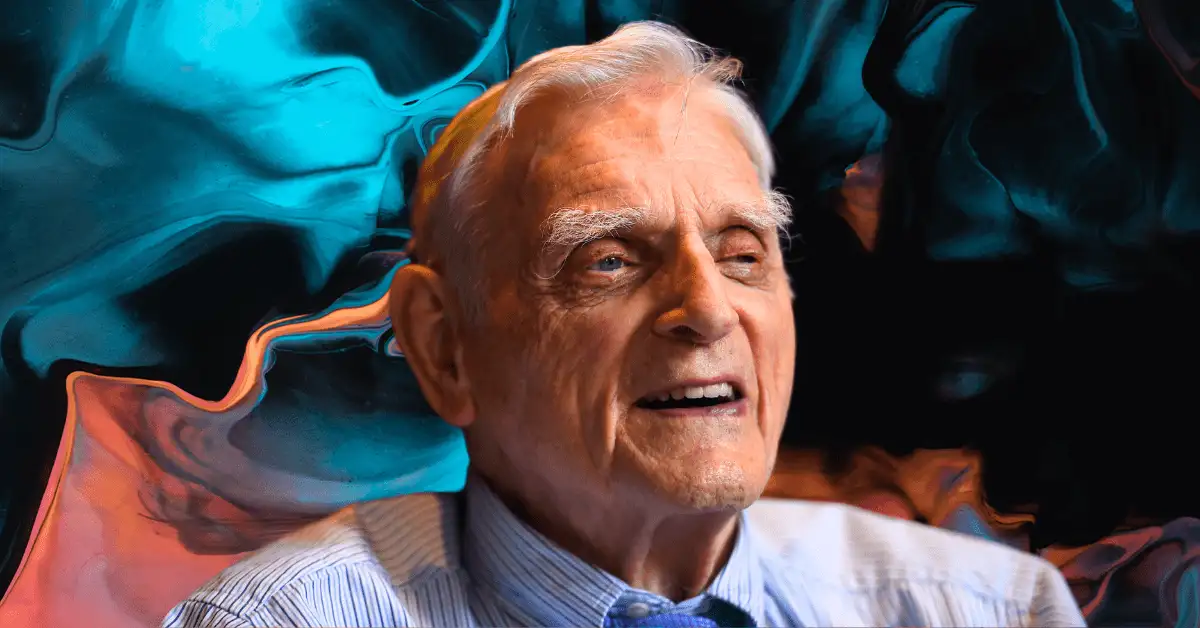
The legacy of this late Nobel-winning chemist deserves a plug
-
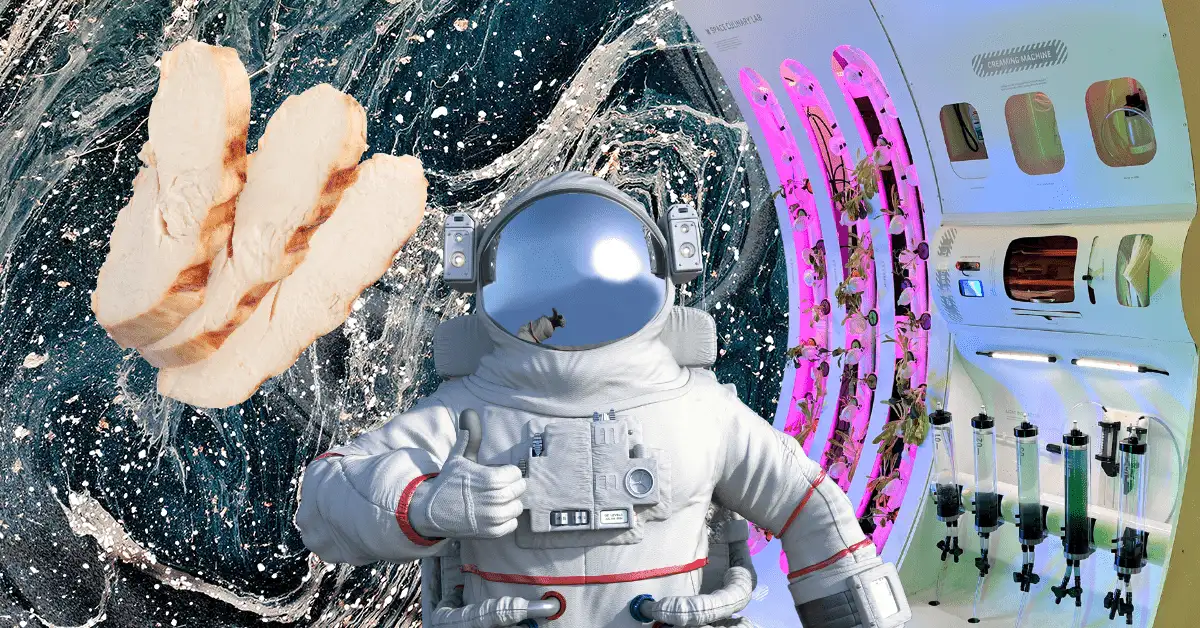
How to barbecue in outer space
-
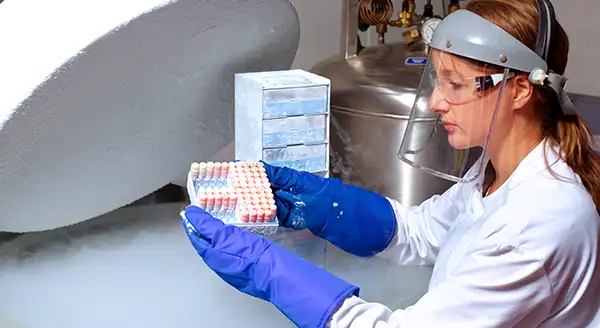
Is egg freezing ready for a high-tech upgrade?
-

Earth’s deepest problems are being confronted on the surface
-

A woman is suing Jack Daniel’s over whiskey fungus

